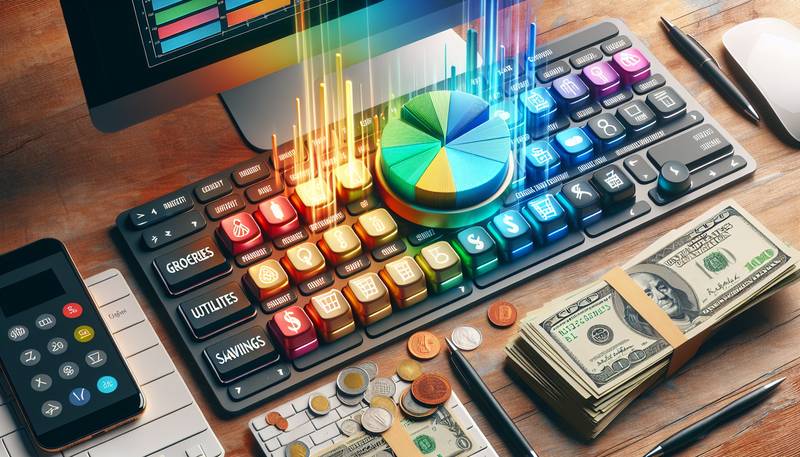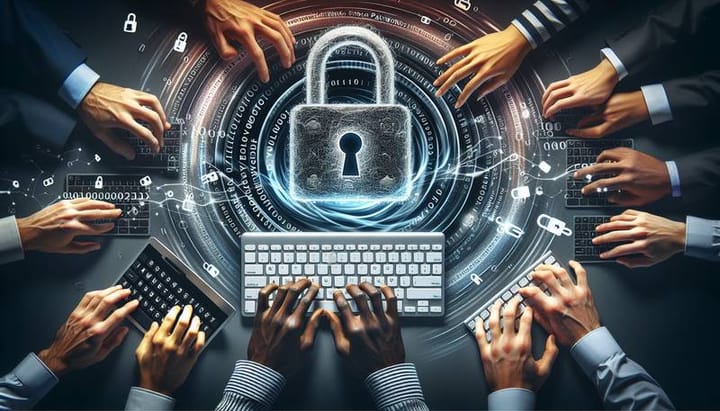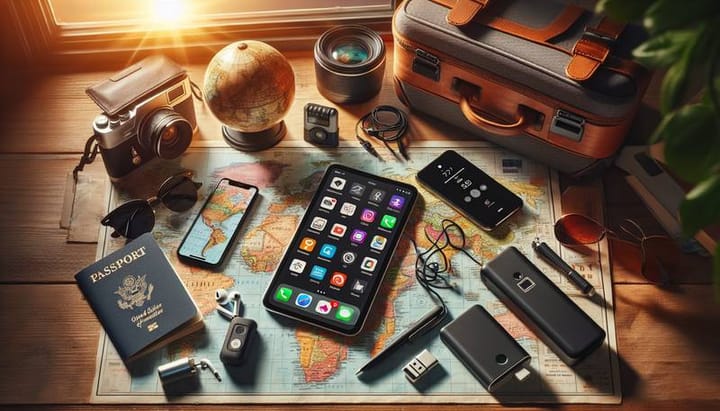How to Use Technology to Track Your Budget and Expenses

In the age of technology, managing your personal finances should be simpler than ever. Gone are the days of poring over paper bank statements and manually balancing checkbooks. Instead, with a few clicks or taps on your electronic device, you can have a comprehensive view of your financial situation, giving you the power to make informed decisions with your money. If the thought of budgeting and expense tracking sends chills up your spine, worry not! We're here to guide you through the process of using technology to easily and efficiently keep tabs on your financial flow. Be prepared to bid farewell to the anxiety of budgeting, and say hello to a fun, tech-powered path to financial wellness.
The Power of Budgeting Apps
One of the simplest yet most effective ways to track your budget is through budgeting apps, a godsend for those of us who aren't Excel wizards. These apps are designed to be user-friendly, offering interfaces that are as fun as they are functional. To get started, choose a budgeting app that aligns with your financial goals. There are many out there, so take the time to find one that offers the features you're looking for - be it daily expense tracking, investment monitoring, or debt management. Once you've made your choice, the app will guide you through setting up your profile. You'll typically begin by entering your income sources and recurring bills. From there, you can categorize your expenses, so you always know how much you're spending on groceries, entertainment, utilities, and more. The best part? These apps often sync with your bank account and credit card, updating your expenses in real-time and removing the need for manual entries. And fear not, security-conscious readers - these apps use bank-level encryption to keep your information safe and secure.
Using Spreadsheets to Your Advantage
If you have a particular soft spot for spreadsheets, they can be an incredibly powerful tool for budgeting. With numerous templates available online, you can start with a pre-existing format and tweak it to match your unique financial landscape. The key to effective budgeting with spreadsheets is consistency. Ensure you regularly update your spreadsheet with all income and expenses. Every cup of coffee, every bill, every dime must be accounted for to get the truest picture of your financial health. This means setting aside a few minutes each day or an hour at the end of the week to review your transactions and ensure they're neatly and accurately recorded. You can even use the spreadsheet to create forecasts, helping you to predict how much you can safely spend in the coming weeks or whether you're on track to save for that special purchase without compromising your financial stability.
Automating Your Finances
For those of us with busy lives, automating your financial tracking can be a lifesaver. When you connect your bank accounts and credit cards to your budgeting app or spreadsheet, the software automatically downloads your transactions and categorizes them for you. This means no more forgetting to log that trip to the gas station or the impulse buy at the checkout counter - your tool takes care of it for you. Most apps and software also offer the ability to set up automatic payments for your recurring bills, ensuring you never miss a payment or incur a late fee again. By automating the mundane aspects of financial tracking, you free up time and mental energy to focus on making strategic financial decisions, like savings plans or investment opportunities, which can have a far greater impact on your financial future.
Tracking Your Expenses on the Go
One of the greatest benefits of using budgeting apps is their mobility. Most budgeting apps have associated mobile apps that allow you to enter expenses as soon as they happen, no matter where you are. That's right, you can log that morning coffee or afternoon snack right from your phone, providing an instant update to your budget. This real-time tracking can help prevent overspending and give you a clear, up-to-the-minute view of your available funds. Additionally, many apps offer features like receipt scanning, which eliminates the need for manual entries altogether. By capturing expense data at the moment of purchase, you ensure your budget is always up-to-date and reflective of your current financial status.
Staying Accountable with Alerts and Notifications
Let's face it, no matter how good our intentions, we can all use a little nudge when it comes to managing our finances. Enter alerts and notifications – one of the most useful features of modern budgeting technology. These can be set up to warn you when you're approaching the spending limit in any category of your budget. Think of it like a modern-day canary in the coal mine, alerting you before you overspend and helping you stay on the straight and narrow. But it's not just about warnings; you can also receive notifications for positive milestones, like reaching a savings goal. These alerts can be customized to suit your individual financial situation and can offer a blend of real-time updates and periodic summaries, depending on your preference. By staying informed through these alerts, you maintain a hands-on approach to your finances without having to constantly check in manually.
Visualizing Your Financial Progress
Human beings are visual creatures, and many of us find it easier to comprehend information when it's presented in a graphic format. This is why the visual features in budgeting apps and spreadsheets can be incredibly motivating. By turning your financial data into colorful charts and graphs, you get an instant visual representation of your income, expenditures, savings, and more. It's much easier to celebrate your progress when you can see, for instance, your debt-shrinking month-by-month in a bar chart or your savings growth plotted on a line graph. These visual aids not only make the data easier to digest but also serve as powerful tools to highlight trends. Perhaps you'll suddenly notice that your grocery expenses peak every other month, prompting you to reevaluate your shopping habits. With data visualization, you turn abstract numbers into tangible targets and successes, making the often-dry subject of budgeting a bit more exciting.
Embracing the Community
You're not alone on this journey. The beauty of the technological era is that it has brought together communities of like-minded individuals. There are countless online forums, social media groups, and app-based communities where people share tips, offer support, and even engage in challenges to help each other stay on track with their budgets. Participating in these communities can provide you with new insights and methods for managing your money. It's also a great way to stay motivated and accountable, all while making some new friends who are on the same financial journey as you are.
Conclusion: Tech-Enhanced Budgeting Success
There's no denying it – technology has revolutionized personal finance management. With budgeting apps, spreadsheets, automated finance tracking, mobile updates, personalized alerts, and data visualization, managing your budget has never been more accessible or enjoyable. But perhaps the most significant benefit of all is the peace of mind that comes with having a thorough, real-time understanding of your financial situation. By incorporating these tech tools into your daily life, you're not just managing your money - you're securing your financial future, one tap, swipe, or click at a time. So embrace the tech, set your financial goals, and watch as you march steadily towards a future of financial freedom and stability. It's time to make your budget work for you – with a little help from the marvels of modern technology.


